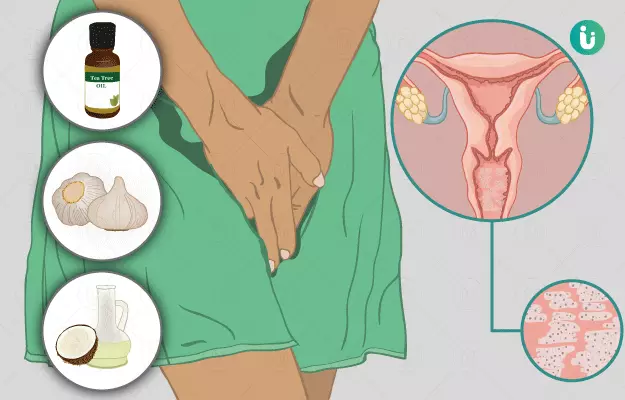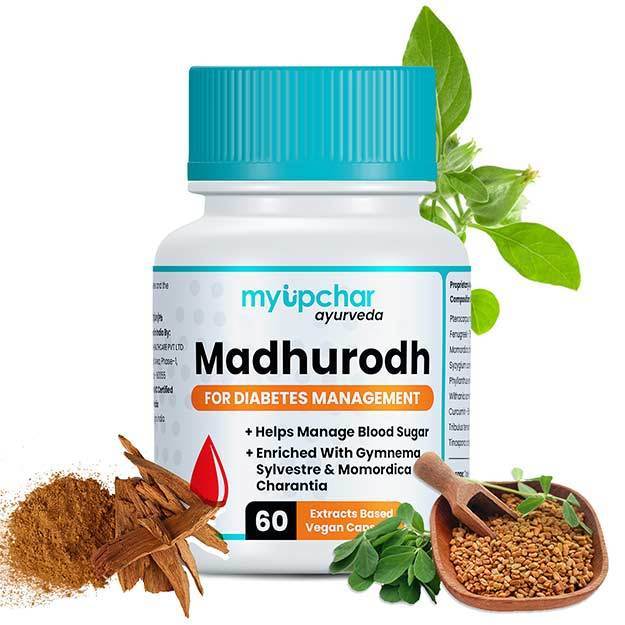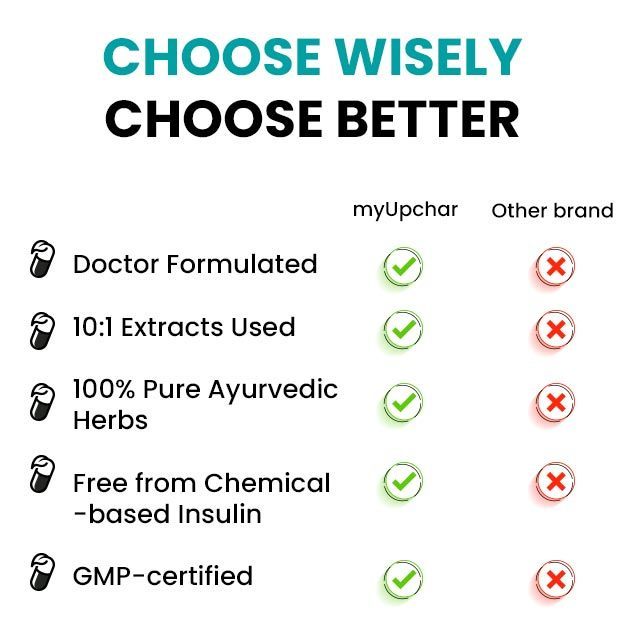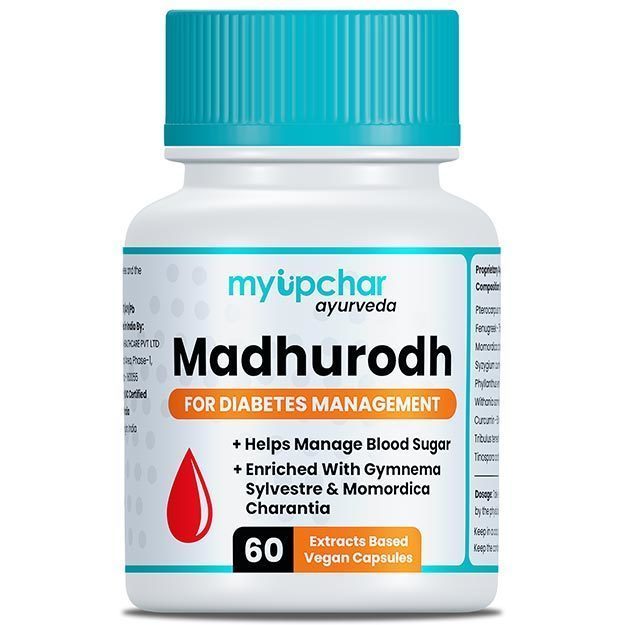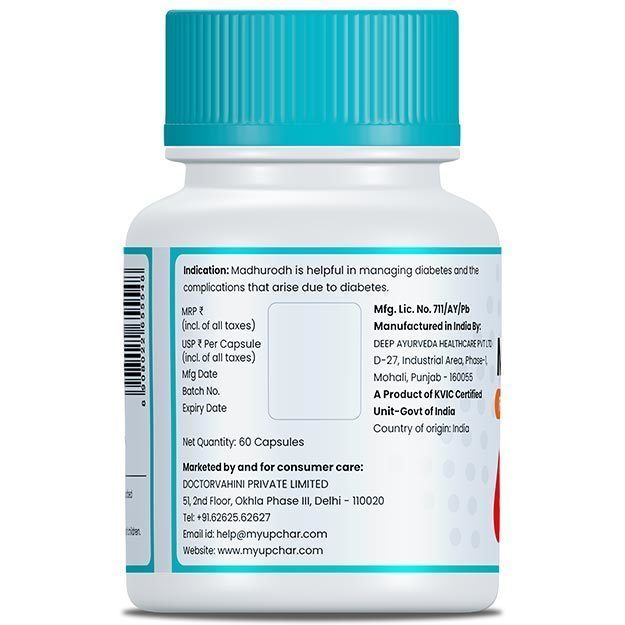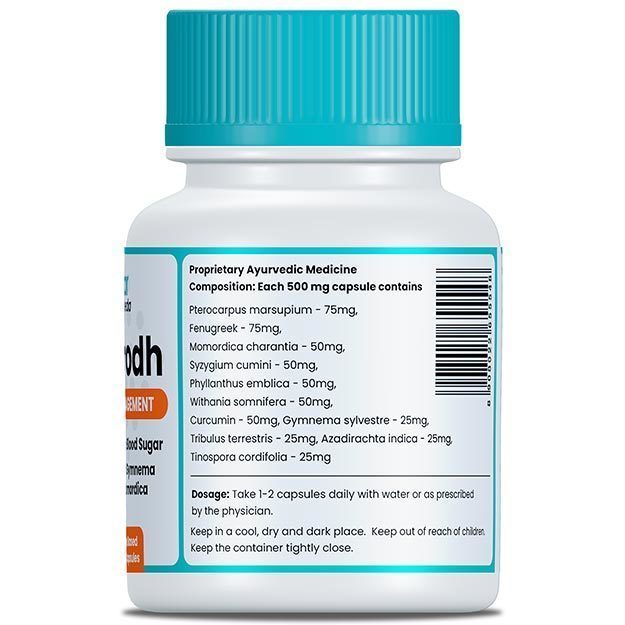Vaginal yeast infection, also known as thrush, is one of the most common infections that every woman has experienced at least once in her lifetime. Although it is easily treatable, its symptoms do take a toll on you and affect your daily activities.
The most commonly found culprit behind this is the yeast, Candida. Candida is found as a commensal (which is found normally living in some area) organism in our mouth, throat, and vagina. However, when the conditions become favourable, it starts growing and colonizing in the vagina. Thrush is characterized by redness, itching, and discharge from your vagina. The vulva (the skin around the opening of your vagina) also shows small white areas and is mostly accompanied by a foul smell. Mild cases can be treated by using simple home remedies while recurrent or severe cases should be immediately treated by your physician or gynaecologist.
Before trying to treat yourself at home, be sure that what you are suspecting is actually a fungal infection.
If your symptoms do not include anything other than those mentioned below, you can go for the following simple yet effective home remedies:

